
ONGC Seeking to Diversify Assets Amid Iran Gas Row
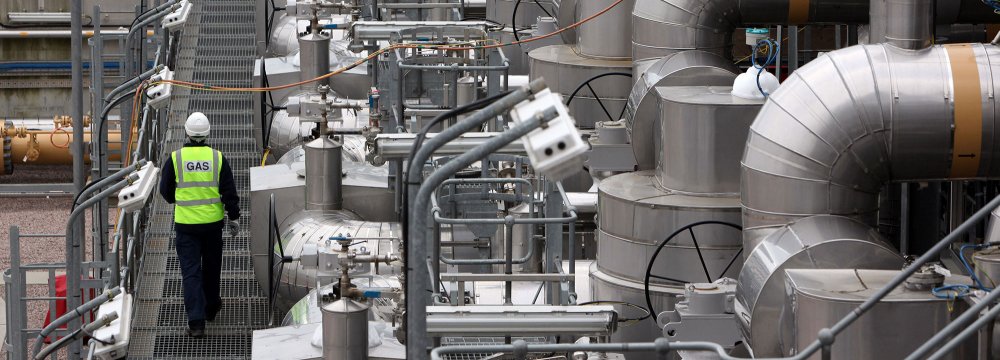
Indian firms led by ONGC Videsh, the foreign investment arm of Oil and Natural Gas Corp, have been negotiating with Iran for the development rights of Farzad-B gas field since its discovery in 2008.
“We have been extremely flexible in our dealing with Iran and hoped that Farzad will add to our output target but the deal is not yet finalized. In the meantime, we are looking for producing assets elsewhere to boost our output,” N.K. Verma told Reuters. ONGC Videsh is targeting production of 60 million tons of oil and gas by 2030 from 12.8 million tons in 2016/17.
Verma listed Africa, Central Asia and Latin America as preferred regions for acquiring production assets.
India was hoping to get rights to develop Farzad-B as the South Asian nation was one of the handful of countries that continued to deal with Tehran despite sanctions.
But since the end of some sanctions last year, Iran has sought other investors and media reports suggest that Tehran has agreed to award the field to Russia’s Gazprom.
Verma said India modified its bid several times to match Tehran’s expectations and terms to get the development rights for the gas field in the Persian Gulf.
“We wanted to do only upstream but Iran asked us to include downstream so we revised and raised our bid to $11 billion and linked gas prices to international benchmarks,” he said. ONGC had previously submitted a $5 billion deal.
Iran has modified its petroleum contract model, ending a decades old buyback system that barred foreign firms from booking reserves or taking equity stakes.
"Under new terms, Iran wants India to operate the field for 20 years and commit to buy gas for 25 years at prices higher than those proposed by ONGC," he said. Iran’s previous contracts gave investors an assured return of 18%.
“Our calculations show that under new rules, we would be getting returns in low single digit and do not justify taking investment and production risk,” Verma said.

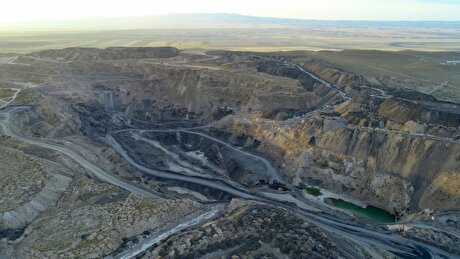
Uzbek gold miner said to eye $20 billion value in dual listing

Peabody–Anglo $3.8B coal deal on the brink after mine fire

A global market based on gold bars shudders on tariff threat
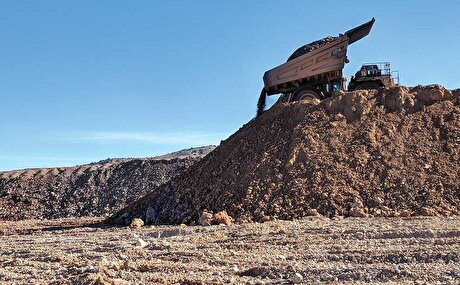
Minera Alamos buys Equinox’s Nevada assets for $115M
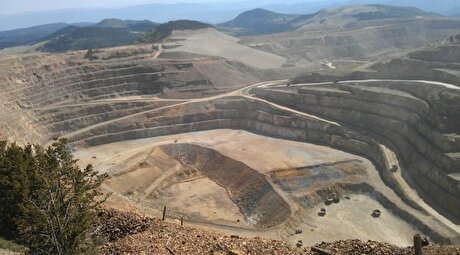
SSR Mining soars on Q2 earnings beat

Century Aluminum to invest $50M in Mt. Holly smelter restart in South Carolina
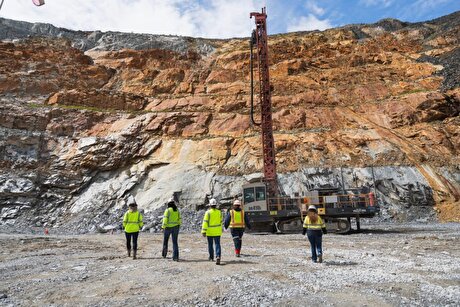
OceanaGold hits new high on strong Q2 results
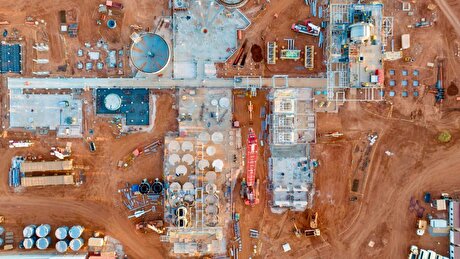
Australia to invest $33 million to boost Liontown’s Kathleen lithium operations

China limits supply of critical minerals to US defense sector: WSJ

Antofagasta posts biggest profit margins since 2021
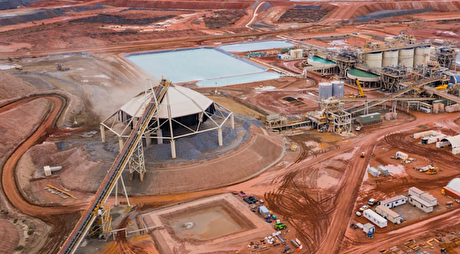
Gold Fields nears $2.4B Gold Road takeover ahead of vote

US startup makes thorium breakthrough at Department of Energy’s Idaho National Lab

Cleveland-Cliffs inks multiyear steel pacts with US automakers in tariff aftershock
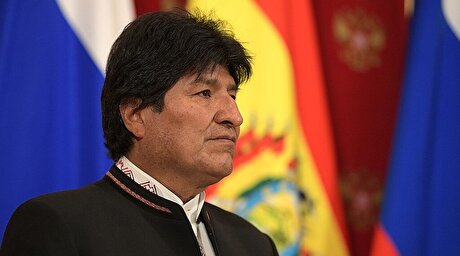
Bolivia election and lithium: What you need to know
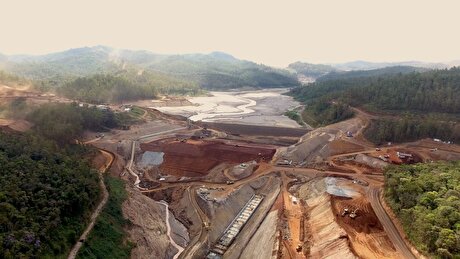
Samarco gets court approval to exit bankruptcy proceedings
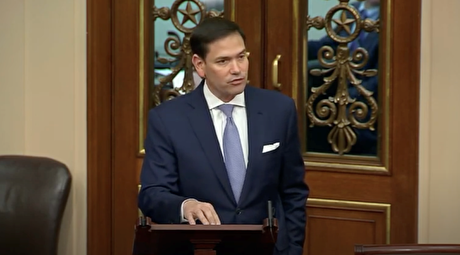
US eyes minerals cooperation in province home to Reko Diq
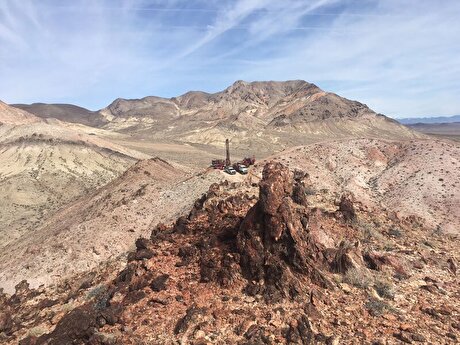
Allegiant Gold soars on 50% financing upsize

Explaining the iron ore grade shift

Metal markets hold steady as Trump-Putin meeting begins

Antofagasta posts biggest profit margins since 2021

Gold Fields nears $2.4B Gold Road takeover ahead of vote

US startup makes thorium breakthrough at Department of Energy’s Idaho National Lab

Cleveland-Cliffs inks multiyear steel pacts with US automakers in tariff aftershock

Bolivia election and lithium: What you need to know

Samarco gets court approval to exit bankruptcy proceedings

US eyes minerals cooperation in province home to Reko Diq

Allegiant Gold soars on 50% financing upsize

Explaining the iron ore grade shift














